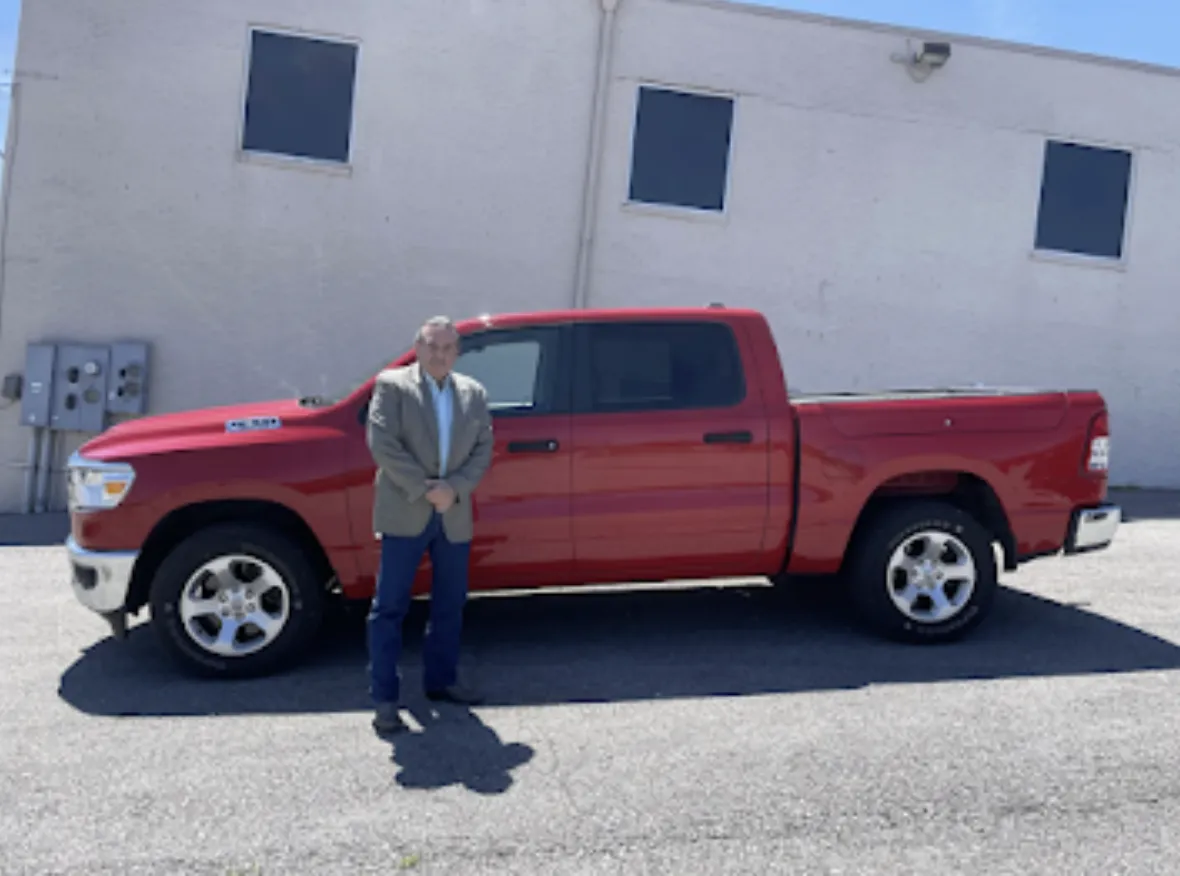September 6, 2024
More rural states pose challenges for 'broadband for all' installations. Kentucky and West Virginia offer examples.

Spann drove thousands of miles getting 'the lay of the land.' (Photo by Andie Corbin, Marketplace via LPR)
As the United States works to install broadband for everyone, challenges in states such as Kentucky and West Virginia are particularly tough as build-out contractors juggle reaching high percentages of rural residents and rugged topography. "The state of Kentucky was allotted $1.1 billion to get every home hooked up to high-speed internet," report Kai Ryssdal and Sarah Leeson of Marketplace. West Virginia was allotted 1.2 billion to connect its residents.
Parts of Kentucky and West Virginia are nestled in or flanked by the Appalachian Mountains, which makes for "an interesting case for broadband rollout," Ryssdal and Leeson explain. "With the Appalachian Mountains and forested hills, as well as large rural populations [to reach]. . . . About 20% of Americans live in rural areas, but in Kentucky, the proportion is double" and in West Virginia, 49.7% of the state's total population is estimated to live in a rural area.
Chip Spann is the National Telecommunications and Information Administration's program officer handling broadband] money for Kentucky and West Virginia. "A large part of Spann's role in the challenge process is getting the lay of the land," according to Ryssdal and Leeson. "Spann recounted that he's driven more than 10,000 miles around the two states. . . . In rural areas, laying fiber-optic cables might be around $50,000 per mile, according to Spann. The economics are further complicated in areas with large Amish and Mennonite populations because internet service providers (ISPs) aren't going to find paying customers in those households."
Spann said, "When you're an internet service provider, one of the things that you're trying to account for is, for every mile of infrastructure that I have, I'm hoping that I at least pass a minimum 10 households or more." Ryssdal and Leeson add, "If an ISP doesn't find that level of housing density in an area, it might not be able to generate a return on investment for a costly fiber deployment."
To find out more about how broadband financing and deployment gets done, click here.